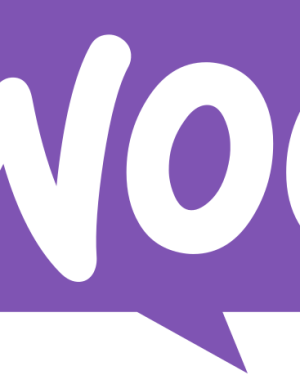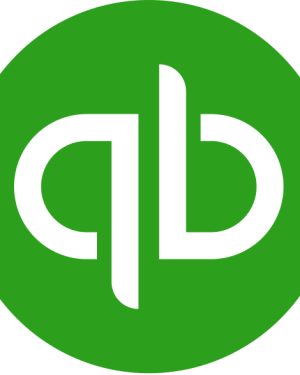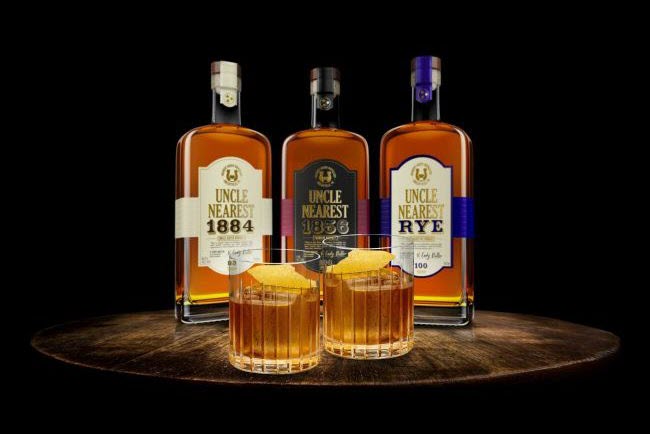 We’re wresting with some troubling news in the spirits industry you may have heard: Fawn Weaver’s Uncle Nearest Tennessee Whiskey is entering into receivership reportedly due to unpaid loans over $108M. Social and news outlets have a gag order not to talk about the case, so we’re left to speculate on the Why or How this could have happened. What makes this sting just a little more is that Uncle Nearest was a bit of a unicorn in craft spirits: a great marketing story, good liquid, women-owned, sales growth…
We’re wresting with some troubling news in the spirits industry you may have heard: Fawn Weaver’s Uncle Nearest Tennessee Whiskey is entering into receivership reportedly due to unpaid loans over $108M. Social and news outlets have a gag order not to talk about the case, so we’re left to speculate on the Why or How this could have happened. What makes this sting just a little more is that Uncle Nearest was a bit of a unicorn in craft spirits: a great marketing story, good liquid, women-owned, sales growth…
Too ambitious? Expanded too quickly? Inflated inventory value as collateral for loans?
This will continue to play out over the coming weeks with appeals, options for loan repayment, and possibly offers to purchase. We’ll see. But the whole story reminds us of just how fragile the craft beverage success formula is:
Total Revenue = Taproom Sales + Distribution Sales + Merchandise Sales + Event Hosting + Online Sales + Tours & Tastings
And on the Operations side of things:
Total Cost = Total Direct Materials + Total Direct Labor + Total Overhead Expenses
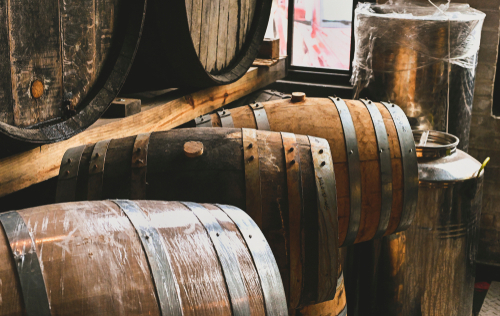 Net Operating Income translates to Total Revenue – Total Cost, and we all hope for that to be a positive number monthly, quarterly, and annually to enjoy some modest amount of growth for your business. When the financial outlook isn’t favorable, we are forced to take a harder look at the individual components to find and correct the culprits. For example, Distribution Sales are sagging, equating to less revenue, while Total Direct Materials are increasing because of tariffs, increasing operating costs. These are the controllable factors your team can directly influence.
Net Operating Income translates to Total Revenue – Total Cost, and we all hope for that to be a positive number monthly, quarterly, and annually to enjoy some modest amount of growth for your business. When the financial outlook isn’t favorable, we are forced to take a harder look at the individual components to find and correct the culprits. For example, Distribution Sales are sagging, equating to less revenue, while Total Direct Materials are increasing because of tariffs, increasing operating costs. These are the controllable factors your team can directly influence.
But beyond the basic beverage math lies an X-factor that we all have less control over: drinker buying and consumption behavior. What is the demand for your craft beverage? Are you in a high or a low cycle? Does seasonality impact demand, and is that predictable? Are macro- and microeconomic trends building you up or knocking your legs out from underneath you? Have competitors crowded the market or leapfrogged you?
Simple question: do drinkers need you?
Absolutely not. They don’t need you. Harsh but true, there are plenty of other options out there. In fact, the results from Gallup’s annual Consumption Habits survey conducted last month show the percentage of U.S. adults who say they consume alcohol has fallen to 54%, the lowest in Gallup’s tracking history.
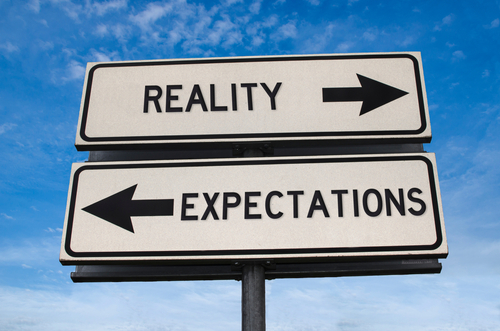 Even before the survey results, you’ve likely witnessed the challenges firsthand this summer with decreases in tasting room traffic, slowing retail sales, and a general blasé outlook toward alcohol (with few exceptions like RTDs, Tequila, and Low- or Non-Alcohol beverages). In response, you and your team may be evaluating options like new product offerings, business hours, reduction in force, consolidation, or even closure (hopefully not). All valid, defensive responses to help keep the lights on or to stop any bleeding.
Even before the survey results, you’ve likely witnessed the challenges firsthand this summer with decreases in tasting room traffic, slowing retail sales, and a general blasé outlook toward alcohol (with few exceptions like RTDs, Tequila, and Low- or Non-Alcohol beverages). In response, you and your team may be evaluating options like new product offerings, business hours, reduction in force, consolidation, or even closure (hopefully not). All valid, defensive responses to help keep the lights on or to stop any bleeding.
What if the original question weren’t so simple after all? What if the real question is do drinkers WANT you?
To answer that question, we must cross over into how you’re marketing your business. In this way, craft beverage shares a lot in common with other crowded categories. Take for example your local real estate professional competing against hundreds of other individual agents or larger, more established agencies with bigger ad budgets. Or your close friend who is deep into their job search after losing theirs recently, finding themselves competing with hundreds if not thousands for each role. Your craft beverage is delicious. It may even be award-winning. But product alone isn’t going to help you stand out with those odds stacked up against you. Any more than hanging a shingle and calling yourself an agent or submitting a generic resume on a job board helps them stand out from their competition.
 We referenced Simon Sinek’s Golden Circle in our last article, but have you workshopped your own ‘Why’ yet? If we can agree that in a crowded beverage space, drinkers don’t buy the ‘What’ (a delicious beer, wine, whiskey, soda, or other beverage), or the ‘How’ (using locally-sourced ingredients, fancy machinery, or innovative processes), they must buy the ‘Why’ (what motivates you and drinkers’ reason to care). This model applies to companies, brands, and products regardless of industry, geography, target audience, and price.
We referenced Simon Sinek’s Golden Circle in our last article, but have you workshopped your own ‘Why’ yet? If we can agree that in a crowded beverage space, drinkers don’t buy the ‘What’ (a delicious beer, wine, whiskey, soda, or other beverage), or the ‘How’ (using locally-sourced ingredients, fancy machinery, or innovative processes), they must buy the ‘Why’ (what motivates you and drinkers’ reason to care). This model applies to companies, brands, and products regardless of industry, geography, target audience, and price.
Let’s bring this conversation full circle, back to Uncle Nearest Tennessee Whiskey and why the news is so disappointing. The brand stands out to us as a unicorn for all the reasons mentioned, but also because they appear to have found their Why and their marketing was working. Let’s take a look at how they might fit into the Why-How-What model:
Uncle Nearest’s Why is to honor the legacy of Nearest Green, a formerly enslaved man who was the first African American master distiller on record in the United States. The company’s purpose goes beyond making whiskey; it is driven by the mission to give Green the recognition he deserves for his foundational role in the history of Tennessee whiskey. The brand aims to correct historical injustices and tell a story that has been overlooked for over a century.
The How is the company’s commitment to quality, authenticity, and historical accuracy. They achieve this through a few key methods:
- Honoring the Process: They produce whiskey using the Lincoln County Process, a charcoal mellowing method that Green perfected. This process is a nod to his original craftsmanship and expertise.
- Authentic Storytelling: The company dedicates significant effort to historical research, ensuring that their brand narrative is accurate and respectful. This involves working with historians and the descendants of Nearest Green.
- Philanthropy: A portion of the proceeds from every bottle sold goes to the Nearest Green Foundation, which funds scholarships for his descendants and supports other initiatives that preserve African American history in the whiskey industry.
The What is the final product: a premium, award-winning Tennessee whiskey. The product line includes multiple offerings, such as Uncle Nearest 1884, 1856, and a single barrel series.
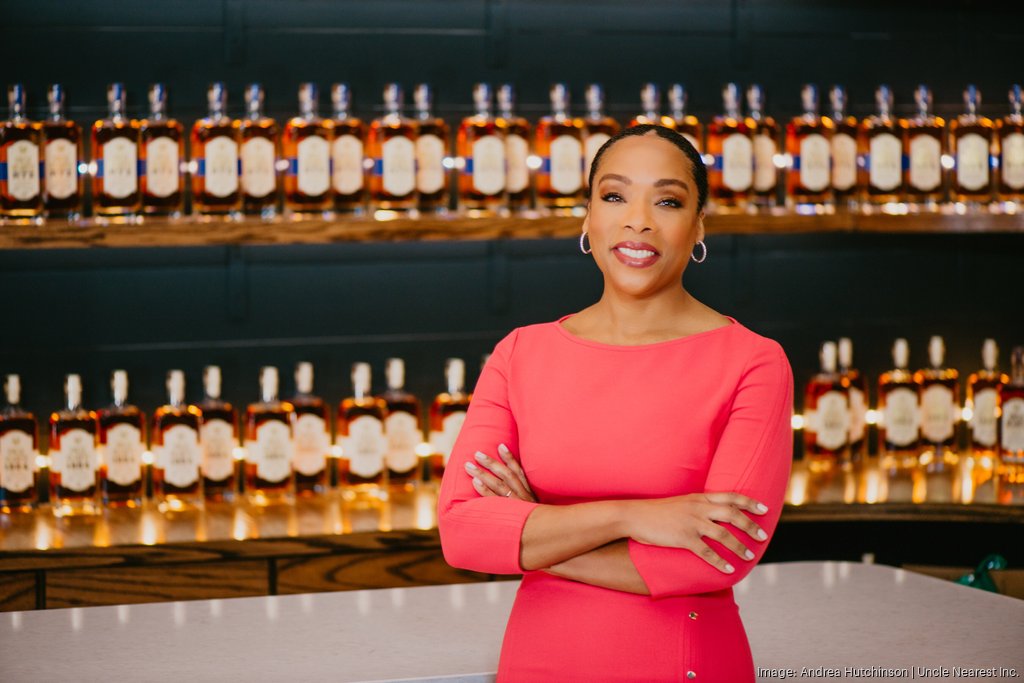 We of course hope that this gets resolved without causing any [long-term] damage to the brand. They certainly have the liquid and brand marketing; they have capacity; and from the looks of it, consumer demand is there. Operationally, it seems there’s another chapter to this story left to be written.
We of course hope that this gets resolved without causing any [long-term] damage to the brand. They certainly have the liquid and brand marketing; they have capacity; and from the looks of it, consumer demand is there. Operationally, it seems there’s another chapter to this story left to be written.
We have helped clients identify their Why as a basis for all their storytelling efforts. This not only creates a filter for execution (does the tactic support my Why) but a blueprint for the media mix you select to share your story. We’re recommending craft beverage producers focus their marketing efforts on high-performance media to help drive traffic, build engagement, and capture new sales:
- Design your website to help drive organic search
- Create content to build community on social media
- Schedule email campaigns for broad calls-to-action
- Develop a branded mobile app for activating individual drinkers
- Leverage AI for operational efficiency
We’re looking forward to taking this approach on tour this fall with events like the Craft Beer Professionals, Fall Virtual Conference October 6-7 and North Carolina Craft Brewers Conference November 16-18. Hope to see you there!
MailChimp archive: https://mailchi.mp/4fc2d99dca62/240824_whoneedsalcohol?e=bd76eedb35
Download: https://app.box.com/s/cc3md492uhb807hs23713tsawb5a3e8h


